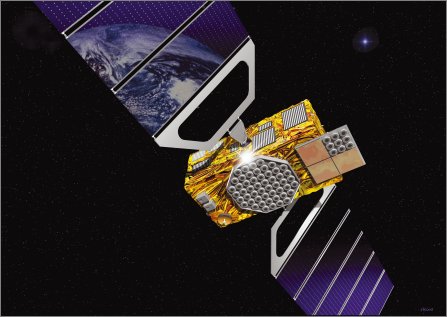Rangefinder developed for Martian landing scenario could be used to calibrate navigation systems
A laser rangefinder that measures distances 10,000 times a second, developed for a Mars lander’s braking rockets, could also be used for global navigation satellite systems. Developed with European Space Agency (ESA) support, the laser emits a narrow, collimated beam.
|
| A pulsed laser could be used for navigation satellite calibration |
The prototype works in the visible spectrum but the researchers also expect to develop an infrared version. The 5Mhz pulsed semiconductor laser fires every 100 nanoseconds and a patented algorithm calculates range.
“We had to invest €30,000-50,000 ($36,000-60,000). It provides real-time descent measurement and is very valuable for future missions. We hope in one to two years for a follow-up study,” says Dartmut Henkel, senior design manager with German engineering company Van Hoerner and Sulgar. He says such a measurement system could be also used for fault-tracking in cables and time-delay measurements for satellite navigation system calibration.
In a Martian landing scenario, the laser would operate in the last 30-50m (90-160ft) of the descent, when braking rockets have to be fired. The research was conducted under the ESA’s Innovation Triangle Initiative.
ROB COPPINGER / LONDON
Source: Flight International
























